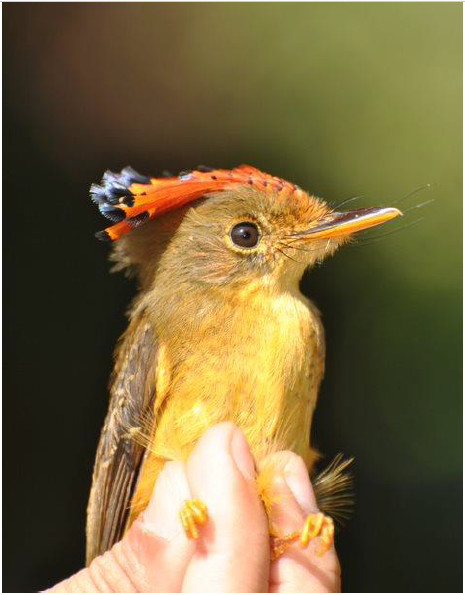Land Fauna
Committed to avoiding, minimizing and compensating for the negative impacts of its activities on biodiversity, Copel develops a series of environmental programs aimed at conserving terrestrial fauna.
The actions mainly include three stages: survey, monitoring and the rescue and rescue of fauna. The survey aims to identify which species are located in the region. Monitoring aims to evaluate the impacts of the project on wildlife, so that faunal characteristics are evaluated before, during and after the implementation of a project. Fauna rescue and recovery is carried out during vegetation suppression and/or flooding of areas, thus avoiding and mitigating direct impacts on fauna.
Furthermore, other environmental programs contribute directly to the conservation of terrestrial fauna, such as those aimed at recovering degraded areas, environmental compensation with the planting of native species and constant inspection and monitoring in Copel’s areas.

Land Fauna Rescue and Monitoring
Copel carries out Fauna Rescue and Rescue Programs when it is necessary to remove native vegetation for the installation of projects. These programs are proposed in environmental studies and constitute conditions established by the environmental agency to install projects.
In activities such as cutting vegetation and filling reservoirs, fauna habitats can be affected, which is why programs are developed to mitigate the impacts of the installation of projects on wildlife.
The programs are carried out by a qualified team, which uses fauna management techniques, with safety protocols. In these situations, it is preferable for the animal to escape the affected areas on its own, and scare away measures are taken to do so.
However, some animals are unable to escape without assistance because they use strategies to hide under suppressed material or due to an injury. After rescue, animals in good health are released into safe areas and, if necessary, veterinary care is provided. In cases where there is no possibility of returning to nature, referrals are made to specialized institutions.
In addition, lectures and meetings are held with the project implementation team, to explain the importance of fauna and the execution of the program, guiding and raising awareness among employees so that they value the preservation of fauna in their work routines.


Terrestrial Wildlife Monitoring
Fauna monitoring is an essential tool to enhance knowledge and set forth conservation and endangered species strategies. The goal, within Copel undertaking deployment and operation scope, is identifying occasional environment impacts incurring from the activities, especially in the most relevant areas for biodiversity conservation.
Fauna monitoring activities consist of undertaking environment licensing legal requirements and generate essential information, and they are often not known yet about local fauna species, as in the case of fauna monitoring programs for LT 500 kV Araraquara – Taubaté, Colíder Hydroelectric Power Station and Mauá Hydroelectric Power Station.
The Fauna Conservation and Monitoring Subprogram was initiated in August 2010 to monitor four groups of terrestrial vertebrate animals (amphibians, reptiles, birds and mammals) in the area of direct and indirect influence of HPP Colíder, during its construction and operation phases. Quarterly campaigns were carried out in three sampling areas, from 2011 to 2021, totaling 37 campaigns, 24 of which were carried out in the pre-filling phase and 13 in the post-filling phase of the reservoir.
The richness obtained from these studies was quite significant, with a total of 861 species recorded, 166 species of herpetofauna (amphibians and reptiles), 548 of birds and 147 species of mammals. The monitoring recorded species little known to science, some typical of the Amazon region, such as spider monkeys (Ateles chamek and A. marginatus), sauás or zogue-zogue (Callicebus moloch) and migratory species such as the great-breasted sandpiper. yellowleg (Tringa melanoleuca) and also others not expected for the biome.
Mauá, currently Jayme Canet Junior Hydroelectric Power Station, fauna monitoring started in January, 2010, which purpose was assessing the vegetation suppression and reservoir filing impact on the region fauna, by means of bird, reptile, mammal and amphibian community diagnosis and follow-up. The survey performed samplings that considered significant environment variables to attempt to identify the impact direct effects on the fauna.
Data collection was performed in three independent areas: two within the power station direct influence area and another one further away, around 15 km from the other ones. The project was completed in April, 2015.
Apart from this project, a specific monitoring program was executed in the region for some species considered with conservation interest, performed between 2013 and 2014. Further details on such project results can be found in the report provided below.



